Pipe leaks, caused by corrosion, joint failure, or temperature extremes, require prompt attention from professional Plumbing Services. Early signs like hissing sounds, high water bills, or rust indicate a need for assessment and repair. Timely action prevents water damage and costly repairs. Plumbers use advanced tools for diagnosis and employ techniques like pipe relining and robotic repair for efficient solutions. Regular maintenance, including inspections and proactive measures, reduces long-term costs. Plumbing Services play a vital role in leak prevention, offering peace of mind and financial savings for homeowners.
“Pipe leaks are a common household nuisance, causing damage and wasting valuable resources. This comprehensive guide delves into the root causes of these issues, offering insights on understanding common pipe leak causes. We explore identifying subtle signs and symptoms, emphasizing the urgency of prompt action to mitigate extensive water damage.
From plumbing services to cutting-edge repair techniques, this article covers all you need to know. Learn how to prevent future leaks, manage cost considerations, and discover expert maintenance tips for your home’s plumbing system.”
Understanding Common Causes of Pipe Leaks
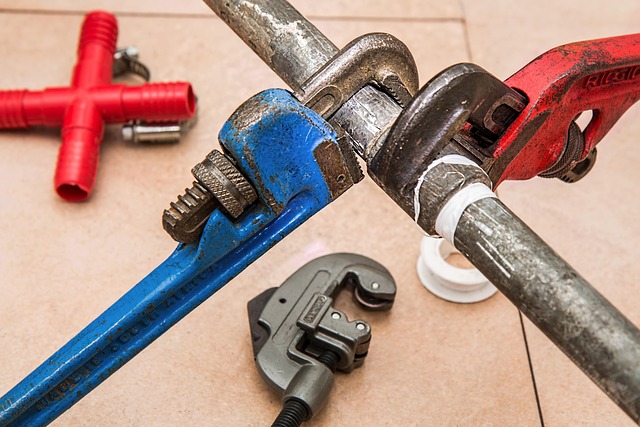
Pipe leaks are a common issue that can arise due to various factors, and identifying the root cause is crucial for effective repairs. One of the primary reasons for leaks is pipe corrosion, often accelerated by old pipes, harsh water conditions, or faulty installations. Over time, metal pipes can deteriorate, especially in areas with high moisture content, leading to cracks and holes that allow water to escape. Another common cause is joint failure, where connections between pipes become weak, particularly at joints, valves, or fittings. These areas are vulnerable to pressure fluctuations, movement, or poor sealing, causing leaks over time.
Additionally, pipes can also leak due to damage from extreme temperatures, especially during frosty conditions when water within the pipes expands and exerts pressure on the pipe walls. Buried pipes in frozen grounds are particularly susceptible. In some cases, leaks result from internal damage, such as debris buildup or tree roots penetrating the pipes, causing blockages that lead to increased pressure and eventual leakage. Plumbing services often address these issues by replacing damaged sections, resealing joints, or installing modern, corrosion-resistant materials to prevent future leaks.
Identifying Leakage: Signs and Symptoms
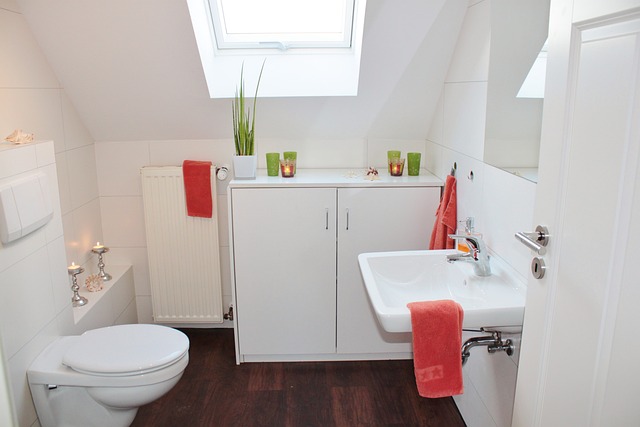
Identifying a pipe leak early on is crucial for effective repair and preventing further damage. Leaks can often go unnoticed, especially if they start small, but there are several signs that indicate their presence. One of the most common symptoms is a continuous hissing or dripping sound coming from pipes, especially during colder months when water lines expand and contract. Another sign could be an unexpected surge in your water bill, indicating a potential leak somewhere in your plumbing system.
Physical inspection is another way to identify leaks. Look for visible damage, such as rusted or corroded pipes, moisture stains on walls or ceilings, or even small puddles forming around fixtures. If you notice any of these, it might be an indication that water is escaping from a pipe. Additionally, keep an eye out for low water pressure in your taps; this could also suggest a leak within the plumbing network, requiring professional attention from reliable plumbing services.
The Importance of Prompt Action
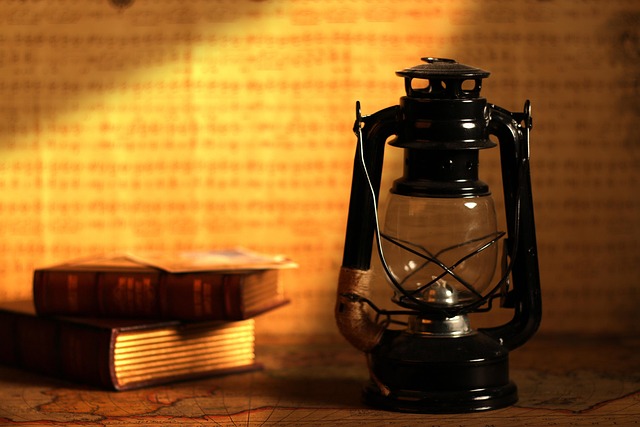
When it comes to pipe leaks, time is of the essence. Prompt action can save you from potential water damage and high repair costs. The longer a leak goes unnoticed, the more severe the issue becomes, leading to greater destruction and expenses. That’s where professional plumbing services step in as your reliable ally.
A quick response allows plumbers to identify and fix the problem before it turns into a major crisis. They employ advanced tools and techniques to locate the source of the leak efficiently, minimizing disruption to your daily routine. By acting swiftly, you not only prevent further damage but also ensure cost-effective solutions, making it a wise decision for any homeowner or business owner facing pipe leaks.
Plumbing Services: What to Expect
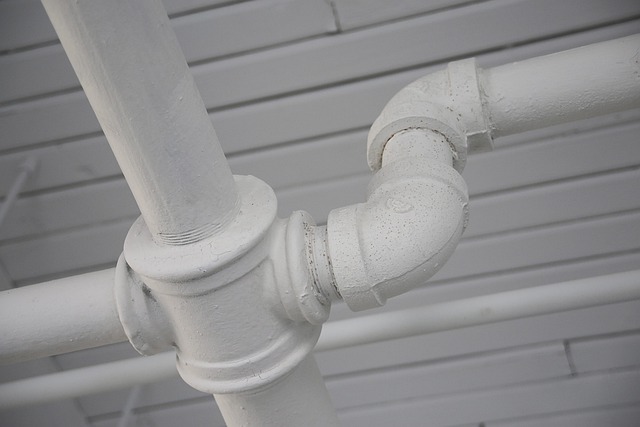
When it comes to plumbing services, what you can expect varies depending on the nature of the leak and the extent of the damage. Typically, a professional plumber will begin by identifying the source of the leak through meticulous inspection and diagnostic techniques. This may involve checking for leaks in pipes, fittings, valves, or appliances connected to your plumbing system. Once the source is located, the plumber will provide you with a detailed explanation of the issue and the repair options available.
Repairs can range from simple replacement of faulty fixtures or seals to more complex procedures like relining pipes or repairing damaged sections of piping. Plumbers often use advanced tools and materials to ensure effective and long-lasting repairs. They may also offer maintenance tips to prevent future leaks, ensuring your plumbing system remains in optimal condition.
Repair Techniques and Technologies
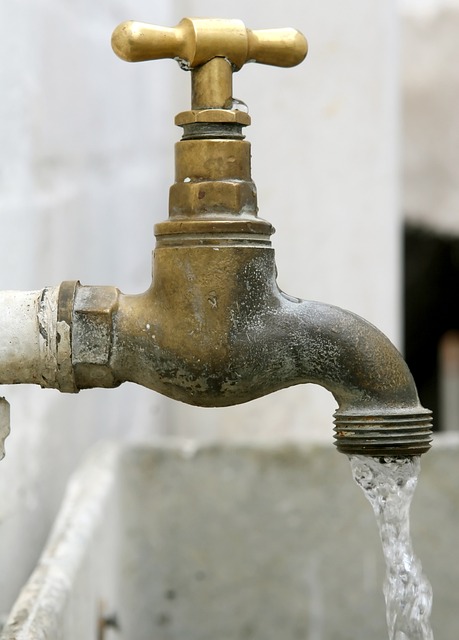
When it comes to pipe leak repairs, modern plumbing services have embraced various innovative repair techniques and technologies. One popular method is relining, where a new pipe is inserted inside the existing one, effectively repairing any leaks without the need for extensive replacement. This non-intrusive approach not only saves time but also minimizes damage to surrounding structures.
Another cutting-edge technology is robotic repair, which utilizes remote-controlled robots equipped with advanced cameras and repair tools. These robots can navigate through tight spaces, locate leaks precisely, and perform repairs with minimal disruption to homes or businesses. This state-of-the-art approach ensures efficient plumbing services, enhancing the overall customer experience.
Preventing Future Leaks

After repairing a pipe leak, it’s crucial to take proactive measures to prevent future issues. One effective strategy is regular maintenance checks conducted by professional plumbing services. They can inspect pipes for any signs of corrosion, cracks, or weak joints, addressing these problems before they escalate into leaks. Plumbing experts also recommend checking areas prone to temperature fluctuations, as these can cause pipe expansion and contraction, leading to potential damage over time.
Additionally, homeowners can contribute to leak prevention by adopting simple habits like turning off water supplies when not in use and ensuring proper insulation of pipes in colder months. Regular replacement of old or worn-out pipes with modern, leak-resistant materials is another long-term solution. These steps, combined with professional care, can significantly reduce the likelihood of future leaks, saving time, money, and potential property damage.
Cost Considerations and Maintenance Tips
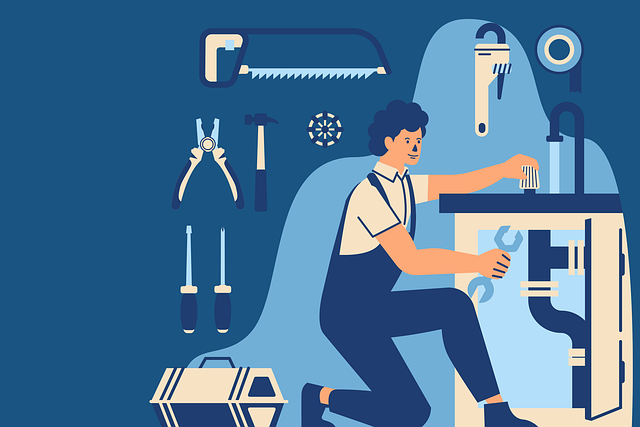
When considering pipe leak repairs, cost is a significant factor. Plumbers charge varying rates based on the complexity of the repair and their expertise level. Simple leaks might be fixed at a lower cost, while larger issues could result in substantial expenses. Regular maintenance can significantly impact long-term costs. Routine inspections identify potential problems early, preventing major damage and costly repairs. Additionally, keeping pipes clear of debris and insulation them in colder regions reduces the risk of bursts, saving money on emergency plumbing services.
To stay within budget, homeowners should create a maintenance plan. This includes regular check-ins, especially for older homes or areas prone to freezing temperatures. Addressing leaks promptly also prevents water damage that could lead to higher repair bills and replacement costs for affected items. Efficient maintenance practices empower property owners to take charge of their plumbing health, ensuring peace of mind and financial savings.
